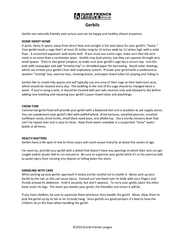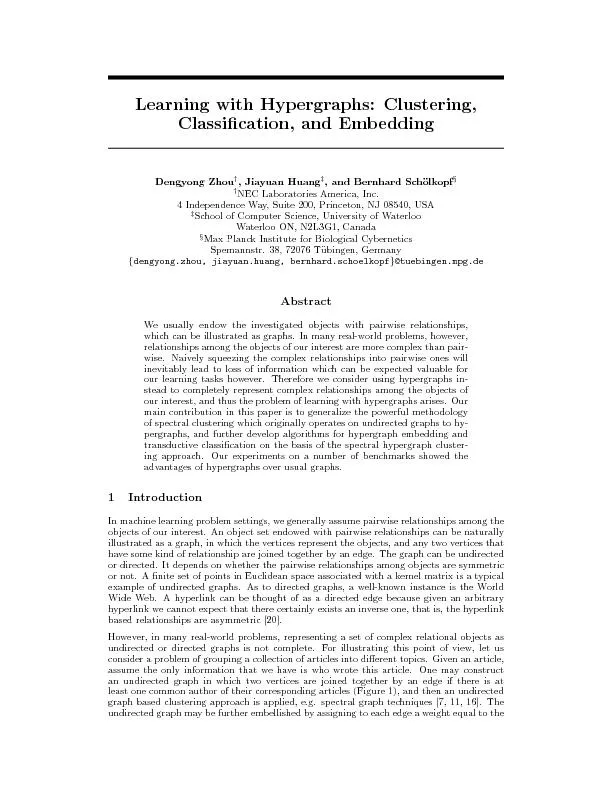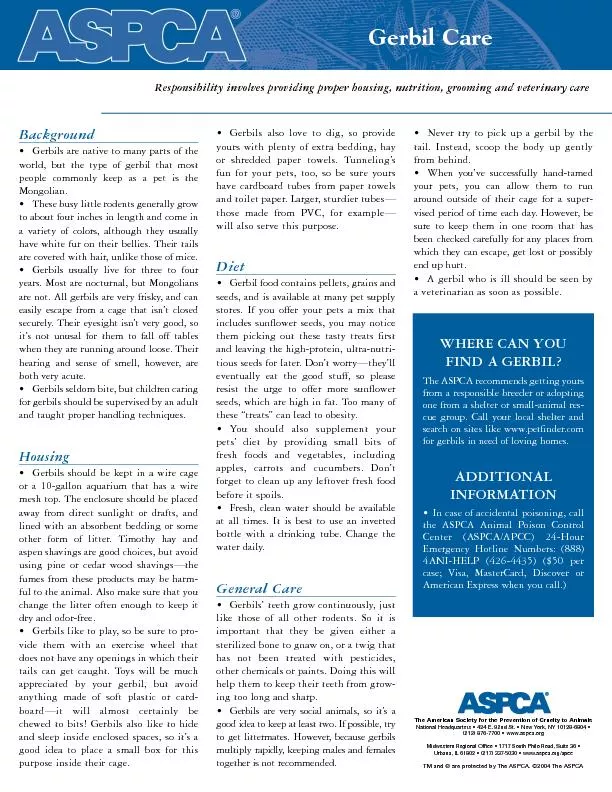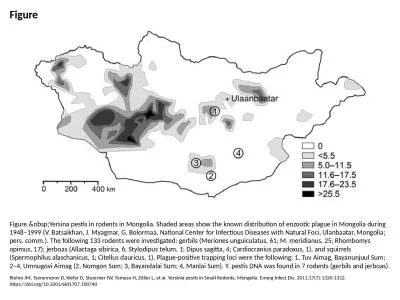PPT-Cavies Vs. Gerbils What is a Cavy!?
Author : lois-ondreau | Published Date : 2018-03-11
Guinea Pig Background Of Cavies A Guinea Pig is neither a pig nor does it come from a Guinea Instrumental in the research of nutrition tuberculosis and other infectious
Presentation Embed Code
Download Presentation
Download Presentation The PPT/PDF document "Cavies Vs. Gerbils What is a Cavy!?" is the property of its rightful owner. Permission is granted to download and print the materials on this website for personal, non-commercial use only, and to display it on your personal computer provided you do not modify the materials and that you retain all copyright notices contained in the materials. By downloading content from our website, you accept the terms of this agreement.
Cavies Vs. Gerbils What is a Cavy!?: Transcript
Download Rules Of Document
"Cavies Vs. Gerbils What is a Cavy!?"The content belongs to its owner. You may download and print it for personal use, without modification, and keep all copyright notices. By downloading, you agree to these terms.
Related Documents














